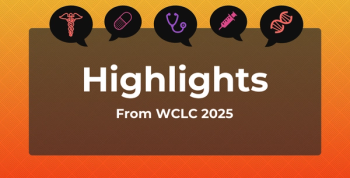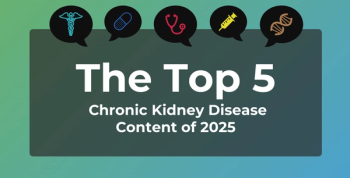
Medicaid Actuary's Data Latest Evidence That Newly Insured Cost More Than Expected
The newly insured came to Medicaid with medical issues that had gone unaddressed for years. The same problem has been cited by insurers who have asked for large rate increases for 2016 for plans on the exchanges.
The cost of caring for those newly insured by Medicaid expansion is proving much higher than the federal government estimated, according to a new report CMS released Friday.
The numbers from the
Not only were the newly eligible adults more costly to care for than the existing beneficiaries, but earlier estimates had pegged their costs at 1% less than those already on the Medicaid rolls.
So far,
The report released Friday may fuel arguments in remaining states, led by Republican governors or legislatures, that expansion is too costly. The actuary’s report found that total Medicaid spending grew 9.4% between 2013 and 2014 to $498.9 billion, and CMS projects it will reach $835 billion in 2023.
Under the terms of the ACA, the federal government pays all expansion costs until 2017, at which point states will pay 10% of the cost of expansion. Even though most of the tab is paid by the federal government, some states still see expansion as too costly, since state constitutions require budgets to be balanced annually. Many Republican lawmakers do not trust the federal government to keep up Medicaid funding in perpetuity.
CMS’ actuary pinned the higher-than-expected costs on beneficiaries having medical needs than had gone unaddressed for years. This is the same issue that has been blamed by insurers who have filed for premium increases for plans sold on the exchanges: many of those buying coverage under the ACA have not had insurance for years, if ever, and are finally getting care for pent-up medical conditions.
In many states,
Newsletter
Stay ahead of policy, cost, and value—subscribe to AJMC for expert insights at the intersection of clinical care and health economics.









































